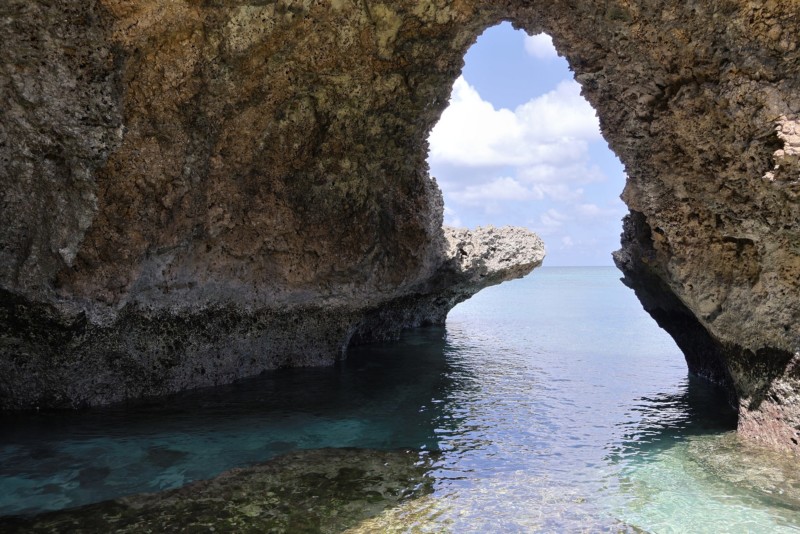Where is the Line Between a Photo and AI Art?
![]()
Last month, the United States Copyright Office determined that artificial intelligence (AI) artwork cannot be copyrighted. That’s great, but with so much AI being added to cameras, where is the line? When is a photo no longer a photo?
After reading that ruling, it got us thinking about what actually constitutes AI artwork. Obviously, it encompasses generative AI from the likes of Midjourney and Dall-E as that was the focus of the ruling. But AI is starting to play a larger role in photography.
The exact language from the Copyright Office reads as follows: “The Office confirmed that copyright protection does not extend to non-human authors.”
In this ruling, the Office determined that the act of describing a scene to an AI image generator wasn’t enough to count as a human author. Since telling a generative AI platform what to create isn’t protected, what does that mean for in-camera AI tools that take input and adjust them?
Whether we want to admit it or not, we’re quite close to bleeding right over into this newly unprotected territory.
Potentially Questionable Photo AI
While we can go down a rabbit hole of AI-powered autofocus tools, I think when it comes to AI-assisted photography, there is a much more obvious place to start: Canon’s new Creative Modes that it calls Advanced A+ Assist.
What this tool does isn’t all that different from what a photographer can do manually with some editing skills, but it compresses that into an in-camera feature that is handled by an onboard computer.
“Overexposure is automatically reduced so you can capture dynamic scenes or bright portraits, and multiple continuous shots are taken to create beautiful night images or macro photography with a deeper depth of field,” Canon describes.
Basically, the camera evaluates a scene, captures multiple exposures, and then combines them into a single photo that has the ideal result. What the photographer sees and even how that scene looks in reality is no longer part of the equation. The camera is making a new scene.

How much of that was done by the photographer and how much could be considered a “non-human” author? We really have to ask ourselves — from a totally unbiased perspective — at what point is describing a scene in extreme detail that much different than pointing a camera at something and pushing a button after which AI manipulates that scene into something more? Are they really all that different?
You could argue that digital cameras have always inherently made a new scene, AI or not, due to limitations with dynamic range. Photographers currently work around those limitations to make art, but if AI reduces those limitations or otherwise tries to side-step them, is that making AI truly part of the creative process or just reducing the technological limitation that has always been placed upon the photographer? I’m not asking these questions because I know the answer — I’m asking them because I don’t.
This line of thought raises further questions. If AI is involved following the time of capture, but markedly and demonstrably changes the final image as it’s presented, is that significantly different than AI being employed at the moment the shutter is pressed? If so, what makes the influence of AI different at that stage versus an earlier one?
Another situation worth thinking about is already available in drones. Let’s say you program a drone to fly to a waypoint, take a photo or film a scene, then return. You as the photographer aren’t actually specifically making the drone do these actions, rather its onboard computer and AI-powered features are. No one argues that what the drone shot isn’t owned by the photographer yet we also, at the same time, are saying artists who fine-tune generative AI don’t own those images.
Maybe, for now at least, there probably isn’t enough being handled by AI in either of these examples to argue a person didn’t author the image. But we’re getting awfully close to being able to make that distinction.
As camera companies put more tech into cameras to make them stand out from the competition, we’re getting to a point where the actual creator of an image is getting really muddy.
More Distinction is Needed
While the case appears closed for now, the U.S. Copyright Office effectively just kicked the decision can down the road and at some point, it’s going to be forced to make a more detailed ruling. As it stands, the concept of human and non-human authorship is too vague to cover the scope at which AI has pervaded image-making technology.
Last December, I said AI image generation was a new frontier of copyright confusion and today that hasn’t changed. While your photos captured with AI tools are theoretically protected for now, it’s only going to stay that way either until the Copyright Office adds further distinction to its definitions or — and this is more likely — until someone challenges it.
Image credits: Aspects of header photo licensed via Depositphotos.